Region Earthquake

In which regions of the world are earthquakes most common, and why ?
**Earthquakes: Understanding the Most Common Regions and Their Causes** Earthquakes are natural disasters that can occur worldwide but are most common in specific regions due to tectonic activities. The theory of plate tectonics explains how Earth's crust is divided into plates that interact through processes like subduction, collision, and separation, causing seismic activity at their boundaries. Major earthquake-prone regions include the Pacific Ring of Fire, the Himalayan Belt, the Mediterranean-Himalayan Belt, South America, and New Zealand. These areas experience frequent and intense earthquakes due to their locations along multiple convergent plate boundaries and active subduction zones. Factors contributing to high seismic activity include plate boundaries, subduction zones, transform faults, and volcanic activity. Understanding these patterns is crucial for earthquake preparedness and mitigation efforts.
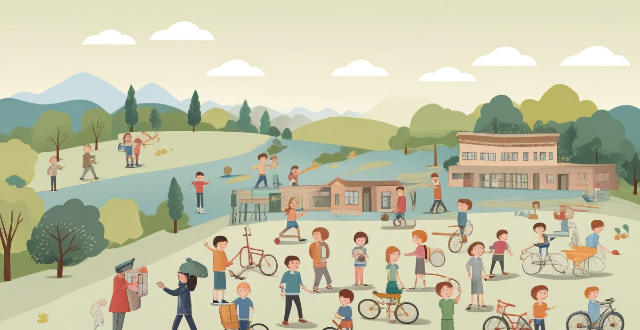
How can schools and universities improve their earthquake preparedness plans ?
The article discusses ways in which educational institutions can improve their earthquake preparedness plans, including conducting regular drills, training staff and students on preparedness, strengthening building structures, developing an emergency communication plan, and collaborating with local authorities and organizations. By implementing these strategies, schools and universities can ensure the safety of their communities during potentially devastating natural disasters.

Can mobile apps help with earthquake detection and response ?
Mobile apps can significantly contribute to earthquake detection and response by providing immediate alerts and enhancing the detection network. These apps use smartphone accelerometers to sense seismic waves, aggregate data from multiple devices, and rapidly identify quake epicenters. Key features include real-time alerts, customizable thresholds, and widespread infrastructure. Benefits include critical warning time and low implementation cost, but limitations such as dependency on user devices and infrastructure availability exist. Top apps like Google's Early Warning System and MyShake aid in earthquake detection, and best practices include ensuring proper configuration, staying updated, and active participation. Mobile apps offer a cost-effective solution for disaster response and management globally.

What are the best locations to seek shelter during an earthquake ?
Earthquakes are unpredictable natural disasters that can cause significant damage and loss of life. It is important to know where to seek shelter during an earthquake to minimize the risk of injury or death. The best locations to seek shelter during an earthquake include taking cover under sturdy furniture, against interior walls away from windows, bookcases, or tall furniture that could fall on you, in open spaces away from buildings, trees, and power lines, and in underground structures such as tunnels or subway stations. If you are driving during an earthquake, stop safely and stay in your vehicle until the shaking stops. By following these guidelines, you can increase your chances of surviving an earthquake without injury.

What are the key steps in performing an earthquake drill at home ?
Earthquake drills are crucial for preparing your family to react quickly and safely during an actual earthquake. Here are the key steps to perform an effective earthquake drill at home: 1. **Preparation**: Inform family members about the purpose of the drill, assign roles, identify safe places, and secure objects. 2. **Drop, Cover, and Hold On**: Drop to your hands and knees, crawl to a safe place, and hold on until the shaking stops. 3. **Relocation Drill**: Practice evacuating safely, agree on a meeting spot, and check in with all family members. 4. **After the Drill**: Review performance, update the emergency plan, and stay informed about local warning systems. 5. **Repeat**: Conduct regular earthquake drills at least once every six months to keep procedures fresh in everyone's minds.
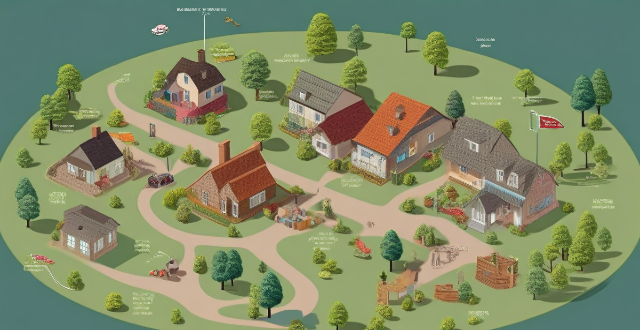
How can I prepare my home for an earthquake to minimize damage ?
Earthquakes are natural disasters that can cause significant damage to homes and properties. However, there are several steps you can take to prepare your home for an earthquake and minimize the potential damage. Some tips include securing large appliances and furniture, reinforcing your home's structure, securing plumbing and gas lines, and preparing for aftershocks. By following these tips, you can help minimize the damage caused by an earthquake and protect yourself and your family.
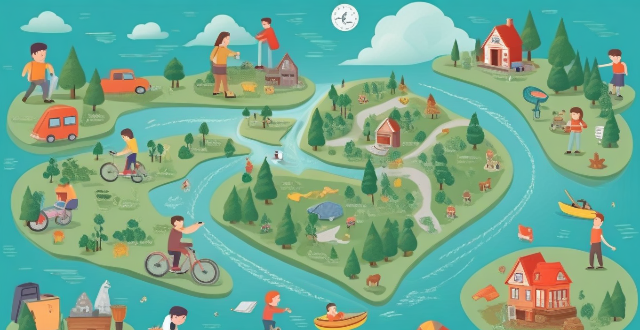
How can I educate my family about earthquake safety and evacuation procedures ?
Educating your family about earthquake safety and evacuation procedures is crucial due to the unpredictable nature of earthquakes. Understanding the basics of earthquakes, creating a safety plan, learning evacuation procedures, conducting drills, and staying informed are all important steps in ensuring your family's safety during an earthquake. By following these steps, you can prepare your family for earthquakes and ensure they know what to do in case of an emergency.

How can pet owners ensure the safety of their animals during an earthquake ?
Pet owners play a crucial role in ensuring the safety of their pets during emergencies like earthquakes. Here are some tips to help you protect your pets in case of seismic activity: 1. Prepare an emergency kit for your pets, including essential items such as water, food, medications, medical records, a first aid kit, a collar and leash, a carrier or crate, toys, and bedding. 2. Create a safe space for your pet by identifying an interior room without windows, such as a bathroom or closet, where you can take your pet during the earthquake. Avoid areas with heavy objects that could fall and cause injury. 3. Practice evacuation drills with your family and pets, familiarizing your pet with its carrier or crate and teaching it to go to its designated safe space on command. 4. Stay informed about earthquake preparedness by following local authorities and connecting with your veterinarian for advice on how to handle your specific pet during an emergency situation. By following these steps, you can help ensure the safety of your pets during an earthquake. Remember, being prepared is key to protecting both yourself and your beloved animals in times of crisis.
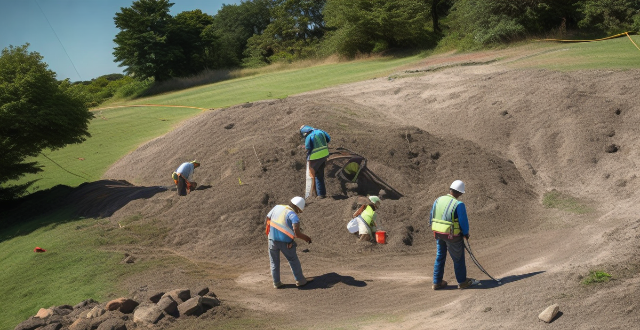
Is it safer to stay in a high-rise building during an earthquake or evacuate ?
The article discusses the safety considerations for staying in or evacuating a high-rise building during an earthquake. It outlines the advantages and disadvantages of both options, such as structural integrity, risk of falling debris, and access to emergency services. The decision should be based on factors like the severity of the earthquake, the building's structural integrity, and available safety precautions. Being prepared with an emergency kit and knowledge of proper safety procedures is crucial for ensuring well-being during these events.
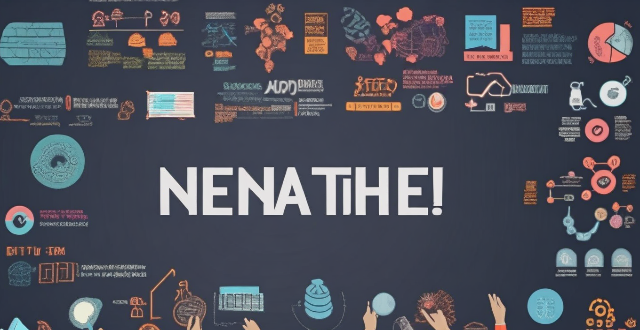
How do food festivals impact tourism in a region ?
Food festivals significantly impact tourism in a region, offering economic benefits and promoting cultural exchange. They attract visitors, boost spending, create jobs, and support local businesses. Culinary diversity, community engagement, and media exposure enhance the region's brand image. Sustainability is crucial for supporting local farmers and managing waste. Successful examples include tomato, wine & cheese, and seafood festivals. Food festivals are powerful tools for driving tourism and enriching the travel experience.

Are certain types of buildings more resistant to earthquakes than others ?
The article discusses the factors that contribute to a building's earthquake resistance and identifies certain types of buildings that are more resistant to earthquakes. The key factors contributing to earthquake resistance include structural design, materials used, foundation type, age, and maintenance. Steel-framed buildings, reinforced concrete buildings, wood-framed buildings, and prefabricated buildings are all examples of structures that can be designed and constructed with earthquake resistance in mind. Proper construction techniques and advanced engineering techniques such as base isolation or energy dissipation devices can further enhance the resilience of these buildings.

What roles do early warning systems play in earthquake preparedness ?
Early warning systems are vital in earthquake preparedness, providing immediate alerts, coordinating emergency responses, implementing structural protection measures, and supporting post-event recovery efforts. They enable quicker reactions, automated responses for critical infrastructure, enhance public awareness through education campaigns, and ensure widespread dissemination of information. These systems also facilitate pre-emptive actions by emergency services, transportation management, evacuation planning, and route optimization. In terms of structural protection, early warning integration in smart buildings and adaptive construction techniques improve infrastructure resilience. Post-event recovery support includes rapid damage assessment, community recovery plans, efficient resource allocation, and psychological support. Overall, early warning systems play a crucial role in saving lives, minimizing economic losses, and speeding up recovery processes in societies prone to seismic activities.

Is there a standard list of supplies for an earthquake survival kit ?
There is a standard list of supplies recommended for an earthquake survival kit, including water, non-perishable food, first aid supplies, warm clothing, shelter items, tools and supplies, important documents, and miscellaneous items. It's important to customize your kit based on your specific needs and circumstances.

What actions should I take immediately after an earthquake occurs ?
The text provides a list of immediate actions to take after an earthquake occurs, including dropping, covering, and holding on; staying where you are; checking for injuries and damage; turning off utilities if necessary; evacuating safely; staying informed; and remaining calm and helping others. It emphasizes the importance of adapting actions based on specific circumstances and guidance from emergency responders.
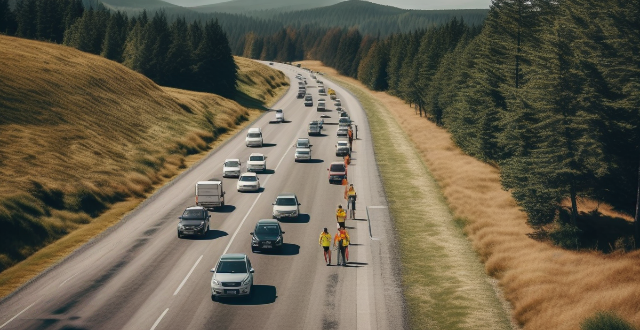
What are the primary risks associated with driving during or immediately after an earthquake ?
Driving during or immediately after an earthquake poses significant risks, including damaged roads and infrastructure, distracted drivers, increased traffic congestion, emergency response vehicles obstructions, communication disruptions, fuel shortages, and environmental hazards. It is crucial to avoid driving if possible and follow official safety protocols. If driving is necessary, stay alert and prioritize safety.

How important is an earthquake emergency kit, and what should it contain ?
The text discusses the importance of being prepared for earthquakes by having an emergency kit with essential items such as water, food, a first aid kit, light sources, clothing, bedding or shelter, tools, sanitation and personal needs, important documents, cash, communication tools, maps and information. It also mentions additional considerations like pet care and multi-tools.
![What are the best cycling routes in [city/region] ?](/imgs/2f8b31ee-f62a-46e3-8828-37a4af062f9b.png)
What are the best cycling routes in [city/region] ?
Cycling is a great way to explore the beautiful landscapes and attractions of [city/region]. Here are some of the best cycling routes that you can take: 1. Coastal Route: Start at [location] and end at [location]. Distance: [distance]. Difficulty level: [level]. Scenic spots: [spots]. 2. Countryside Route: Start at [location] and end at [location]. Distance: [distance]. Difficulty level: [level]. Scenic spots: [spots]. 3. Mountainous Route: Start at [location] and end at [location]. Distance: [distance]. Difficulty level: [level]. Scenic spots: [spots]. 4. Urban Route: Start at [location] and end at [location]. Distance: [distance]. Difficulty level: [level]. Scenic spots: [spots]. Remember to bring essential items such as water, snacks, a map, and a first aid kit. Wear appropriate clothing and gear, and always follow traffic rules and regulations.
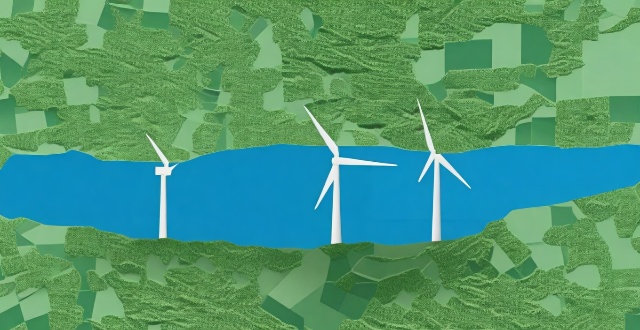
What is the potential for wind energy in my region ?
The potential for wind energy in a region depends on geographical features, wind speed and consistency, governmental policies, environmental and social considerations, and infrastructure accessibility. Coastal areas, plateaus, mountain passes, and open plains typically have better wind energy potential due to consistent wind patterns and less obstruction. High average wind speeds and consistency are crucial for effective power generation. Governmental policies such as Renewable Portfolio Standards, feed-in tariffs, and tax credits can encourage wind energy development. Environmental and social considerations include wildlife impact, visual and noise pollution, and local economy effects. Infrastructure and accessibility to power grids and transportation networks are also important factors.

Can you give examples of best practices in disaster risk management from different countries ?
Disaster risk management is a crucial aspect of ensuring the safety and well-being of communities worldwide. Here are some examples of best practices in disaster risk management from different countries: Japan is known for its advanced earthquake preparedness and response systems, including an early warning system, regular drills and training, and strong building codes. The United States has a well-established emergency management system that includes community preparedness programs, an integrated emergency management system, and public awareness campaigns. Norway has developed an early warning system for landslides, flood forecasting models, and avalanche mitigation strategies to protect against natural disasters. India has implemented a cyclone preparedness program, flood forecasting and early warning systems, and earthquake-resistant construction techniques in high-risk areas.

What are the most popular local snacks in your region ?
The text introduces the popular local snacks in my region, including **Samosas**, **Chaat**, **Vada Pav**, etc. Samosas are crispy pastries filled with spiced potatoes and peas; Chaat is a street food dish made with fried dough balls and spicy fillings; Vada Pav is a sandwich with deep-fried potato patties and spicy chutneys; Jhal Muri is a spicy snack mix of puffed rice, sev, peanuts, spices, and herbs; Lassi is a refreshing yogurt-based drink in various flavors. These snacks are not only delicious but also reflect the cultural heritage and culinary traditions of the area.
![What are the best photography locations in [insert country/region] ?](/imgs/2f8b31ee-f62a-46e3-8828-37a4af062f9b.png)
What are the best photography locations in [insert country/region] ?
The text provides a comprehensive guide to the best photography locations in a specified country or region. It is divided into three main categories: Natural Wonders, Cultural Landmarks, and Scenic Viewpoints. Within each category, specific locations are suggested based on their unique features and photographic potential. Under Natural Wonders, Mountain Ranges, Waterfalls, and Coastal Landscapes are discussed with specific examples given for each type of landscape. Cultural Landmarks include Historic Buildings and Museums and Art Galleries, highlighting architectural beauty and artistic expression respectively. Lastly, Scenic Viewpoints cover Lookout Points and Parks and Gardens, showcasing panoramic views and natural beauty. The guide emphasizes the variety of photographic opportunities available in the specified location, encouraging photographers of all styles and preferences to explore and capture the essence of the place through their lenses.

What is the coverage like for different mobile operators in my region ?
Topic: Coverage for Different Mobile Operators in Your Region Summary: The coverage and services of different mobile operators in your region can vary significantly. Operator A has wide coverage in urban areas but only moderate coverage in rural areas, while Operator B provides extensive coverage in both urban and rural areas. Operator C, on the other hand, has limited coverage in urban areas and poor coverage in rural areas. Most operators offer 4G/LTE coverage in major cities and towns, with some starting to roll out 5G coverage in select cities. Data speeds vary between 10-100 Mbps for download and 5-50 Mbps for upload, depending on the operator and location. Call quality is generally good for voice calls but can be affected by network congestion for video calls. Customer support is available through service centers in most cities and towns, as well as online chat or email support. Pricing plans include prepaid options with limited data and postpaid options with more data but a monthly commitment. Signal strength can fluctuate based on location and time of day, and network downtime is rare but can occur during maintenance or outages.
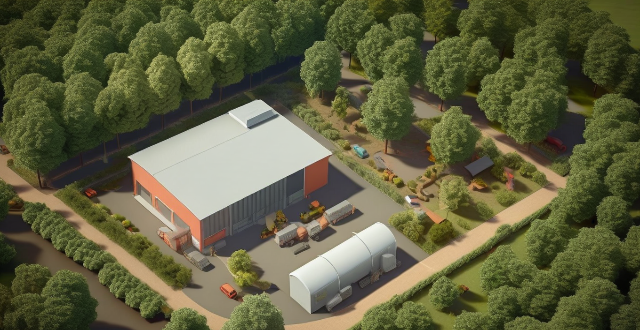
How much does it cost to offset a ton of carbon dioxide ?
The cost to offset a ton of carbon dioxide varies depending on the method used and the region where the offset takes place. Factors affecting the cost include the method of offset, region, project complexity, and verification and certification processes. The average cost of offsetting a ton of carbon dioxide ranges from $10 to $100 per ton. Tree planting, renewable energy projects, and carbon capture and storage are some common methods of offsetting carbon dioxide emissions.